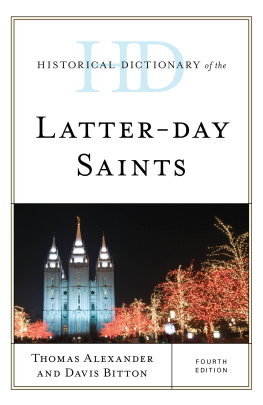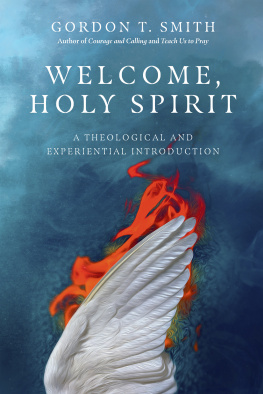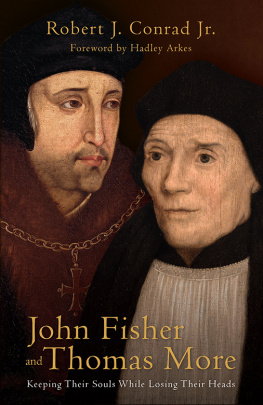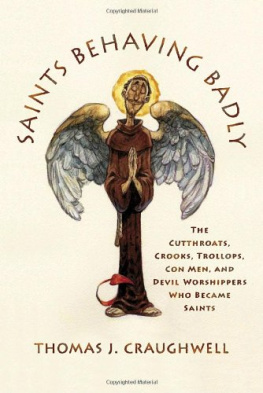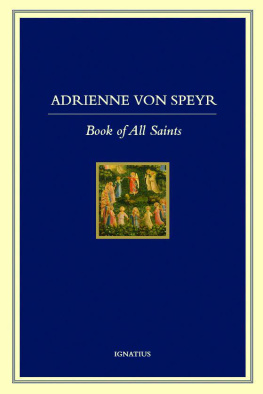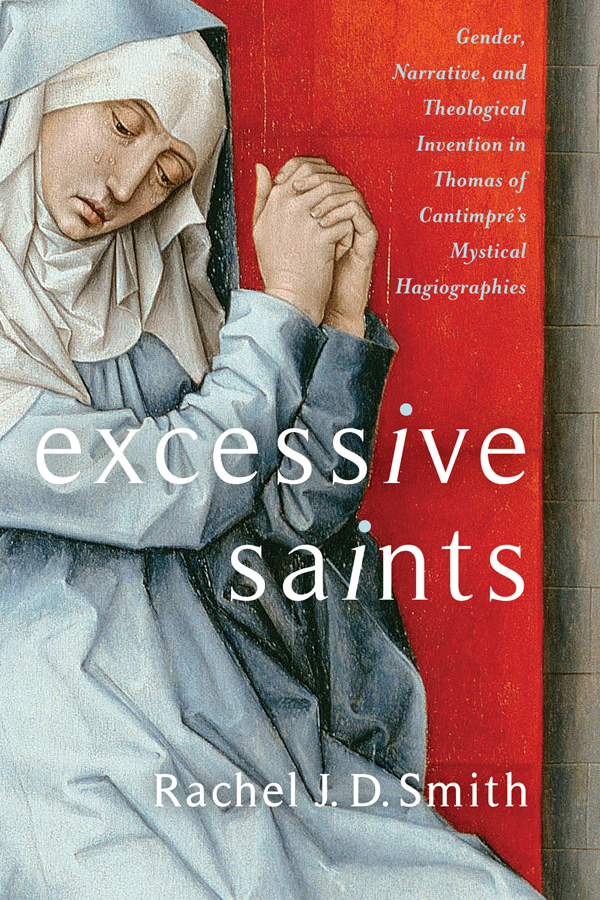Contents
Guide
Pagebreaks of the print version
EXCESSIVE SAINTS
GENDER, THEORY, AND RELIGION
GENDER, THEORY, AND RELIGION
Amy Hollywood, Editor
The Gender, Theory, and Religion series provides a forum for interdisciplinary scholarship at the intersection of the study of gender, sexuality, and religion.
Martyrdom and Memory: Early Christian Culture Making , Elizabeth A. Castelli
When Heroes Love: The Ambiguity of Eros in the Stories of Gilgamesh and David , Susan Ackerman
Abandoned to Lust: Sexual Slander and Ancient Christianity , Jennifer Wright Knust
Bodily Citations: Religion and Judith Butler , Ellen T. Armour and Susan M. St. Ville, editors
Naming the Witch: Magic, Ideology, and Stereotype in the Ancient World , Kimberly B. Stratton
Dying to Be Men: Gender and Language in Early Christian Martyr Texts , L. Stephanie Cobb
Tracing the Sign of the Cross: Sexuality, Mourning, and the Future of American Catholicism , Marian Ronan
Between a Man and a Woman? Why Conservatives Oppose Same-Sex Marriage , Ludger H. Viefhues-Bailey
Promised Bodies: Time, Language, and Corporeality in Medieval Womens Mystical Texts , Patricia Dailey
Christ Without Adam: Subjectivity and Difference in the Philosophers Paul , Benjamin H. Dunning
Electric Santera: Racial and Sexual Assemblages of Transnational Religion , Aisha M. Beliso-De Jess
Acute Melancholia and Other Essays: Mysticism, History, and the Study of Religion , Amy Hollywood
EXCESSIVE SAINTS
GENDER, NARRATIVE, AND THEOLOGICAL INVENTION
in
THOMAS OF CANTIMPRS MYSTICAL HAGIOGRAPHIES

RACHEL J. D. SMITH
Columbia University Press
New York

Columbia University Press
Publishers Since 1893
New York Chichester, West Sussex
cup.columbia.edu
Copyright 2019 Columbia University Press
All rights reserved
E-ISBN 978-0-231-54793-2
Library of Congress Cataloging-in-Publication Data
Names: Smith, Rachel J., author.
Title: Excessive saints : gender, narrative, and theological invention in Thomas of Cantimpres mystical hagiographies / Rachel J. D. Smith.
Description: New York : Columbia University Press, [2018] | Series: Gender, theory, and religion | Includes bibliographical references and index.
Identifiers: LCCN 2018025466 | ISBN 9780231188609 (cloth : alk. paper)
Subjects: LCSH: Thomas, de Cantimpre, approximately 1200approximately 1270.
A Columbia University Press E-book.
CUP would be pleased to hear about your reading experience with this e-book at .
Cover design: Noah Arlow
FOR GEORGIA AND BEN

CONTENTS
T his has been a project a long time in the making, and in the process, I have had the support of many. Many thanks to Amy Hollywood, a luminous mind, who shows and celebrates the ways in which reading, writing, and teaching are acts not only of discovery but love and risk. For their careful reading of earlier versions of this manuscript and for being such wonderful teachers and readers of the premodern world, I would like to thank Nicholas Watson, Kevin Madigan, Mark Jordan, Martha Newman, Bob Sweetman, Constance Furey, and Stephanie Paulsell. Love and gratitude to Fr. Maximos Constas, who came into my life at just the right time. Kathleen Skerrett, Natalie Polzer, and C. Abbott Conway were great gifts at McGill, and I remain deeply in their debt.
My colleagues and students at Villanova have been kind and generous. I would like to thank in particular Peter Spitaler for all his support, Martin Laird for his openhanded mentorship, Rebecca Winer, Brooke Hunter, Julie Klein, Vincent Lloyd, Kerry San Chirico, Chris Barnett, Tony Godzieba, Barbara Wall, Stefanie Knauss, Gustavo Benevides, Annamarie Benson, Tim Brunk, and Alicia Walker just down the road at Bryn Mawr. Thanks especially to Kevin Hughes for his help working through sticky issues regarding the strangeness of thirteenth-century mendicants and to Jim Wetzel for his unflagging generosity in reading things with creativity and precision. I am grateful to the university for providing a Veritas grant and a summer research fellowship that assisted in the completion of the book.
To friends who have provided conversation, encouragement, vacations, editorial help, and inspiration, thank you. Thanks especially to Amelia Perkins, Niki Clements, Natasha Bershadsky, Tamsin Jones, Charles Stang, Sarabinh Levy-Brightman, Mara Willard, Bob Davis, Kris Trujillo, Brenna Moore, Eleanor Craig, Rico Monge, Danielle and Ryan Miller, Eric Gutierrez, Krista Muir, Heidi Willms, Aimee Eggler, Eric Juhn, Carol-Anne Peterson, Sonja Srama, Julie Regan, Amisha Patel, Gina Desipio, and Jamie Garfield.
To my family near and far, especially Glen and Sheila, who gave love, interest, good humor, and childcare throughout this process and well before, thank you. Finally, my deepest love and gratitude to Brett, who has been with me unfailingly on this long and strange trip, and to Georgia and Ben, your patience and your love make everything possible.
BUA | Bonum universale de apibus |
CH | The Celestial Hierarchy |
Comm. Sg. | The Song of Songs: Commentary and Homilies |
DDC | De doctrina Christiana [ On Christian Teaching ] |
DN | The Divine Names |
DNR | De natura rerum |
DP | De principiis [ Origen on First Principles ] |
Exp. Sg. | Exposition on the Song of Songs |
VCM | Vita Christinae mirabilis |
VJC | Vita Ioannis Cantimpratensis |
VLA | Vita Lutgardis Aquiriensis |
VMO | Vita Mariae Oigniacensis |
VMO-S | Vita Mariae Oigniacensis, Supplementum |
VMY | Vita Margarete de Ypres |
S ometime in 1250 or 1251, two Dominican friars, twenty-five years apart in age, sat together in a classroom at the new Dominican studium generale in Cologne under the tutelage of Albert the Great. These stories, collected and treasured, like marvelous particulars gathered and displayed in cabinets of curiosities, were placed within an encyclopedia, an exempla collection, and five saints Lives.
Both Thomases attempted to discover and articulate the relationship between divinity and humanity in order to understand the ways in which embodied human subjects receive and should interpret divine revelation through a careful negotiation between faith and reason. Both, in other words, undertook a theological project. Both were likewise university trained in the most cutting-edge Aristotelian philosophy of their day.
Their modes of discovery, ways of proceeding, and sources were, however, different. Thomas Aquinass work is primarilythough not entirelysystematic and scholastic. He approached revelation using the categories of Aristotelian philosophy in order to formulate and answer questions of scripture and church authorities, using the protocols of validity to move through arguments in a linear progression. Sacred teaching ( sacra doctrina ), Thomas Aquinas determines in the first question of the first part of the Summa Theologiae , is scientia.


